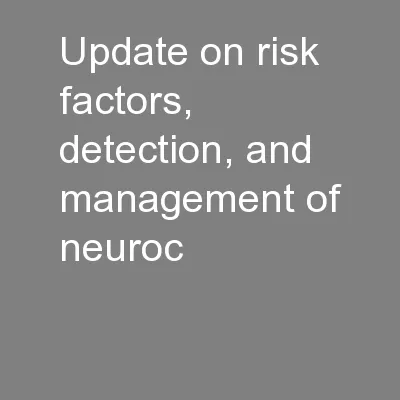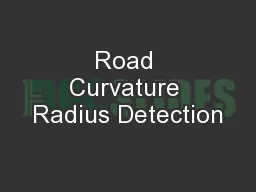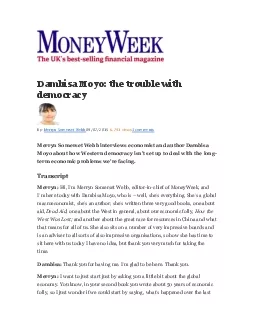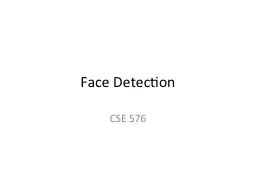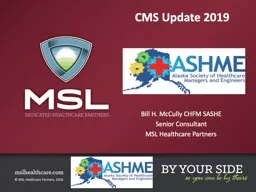PPT-Update on risk factors, detection, and management of neuroc
Author : natalia-silvester | Published Date : 2016-12-04
Scott Letendre MD Professor of Medicine and Psychiatry University of California San Diego Disclosures Funds for investigatorinitiated research were paid to University
Presentation Embed Code
Download Presentation
Download Presentation The PPT/PDF document "Update on risk factors, detection, and m..." is the property of its rightful owner. Permission is granted to download and print the materials on this website for personal, non-commercial use only, and to display it on your personal computer provided you do not modify the materials and that you retain all copyright notices contained in the materials. By downloading content from our website, you accept the terms of this agreement.
Update on risk factors, detection, and management of neuroc: Transcript
Download Rules Of Document
"Update on risk factors, detection, and management of neuroc"The content belongs to its owner. You may download and print it for personal use, without modification, and keep all copyright notices. By downloading, you agree to these terms.
Related Documents

